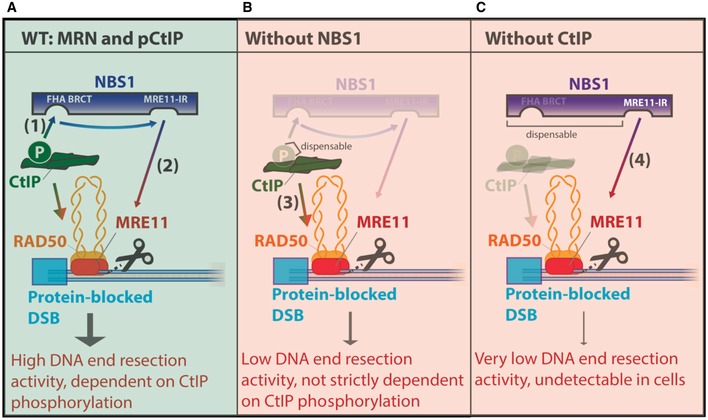Figure 8. A model for MRN and CtIP functions in endonucleolytic DNA cleavage.

- When phosphorylated CtIP and MRN are present (in S‐G2), CtIP phosphorylation is detected by the FHA and BRCT domains of NBS1 (1), which in turn promotes DNA cleavage by MR via direct interaction with MRE11, mediated by the MRE11 interaction region of NBS1 (2). This results in maximal DNA end resection activity compatible with homologous recombination.
- In the absence of NBS1 function (see text), CtIP promotes the nuclease of MR in a reaction that is partly independent of its phosphorylation (3). This results in low resection activity of MR, which may be sufficient for limited resection in G1.
- In the absence of CtIP, NBS1, through its MRE11 interaction region, but independently of its FHA and BRCT domains, promotes the MR endonuclease (4). This activity is likely very limited and therefore unlikely to be physiologically relevant.
